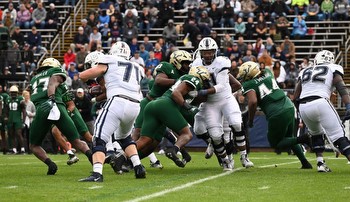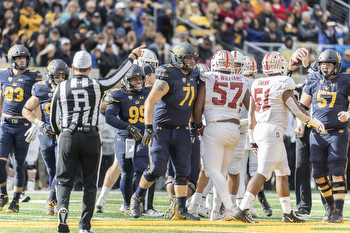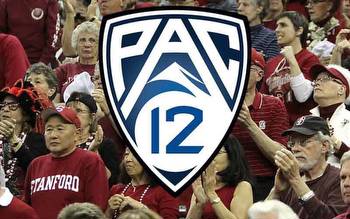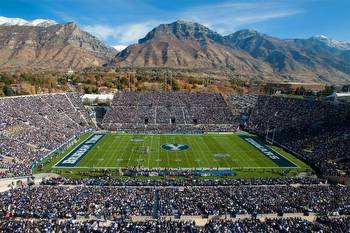AAC won’t ‘look westward’ for expansion: Where that leaves Washington State, Oregon State
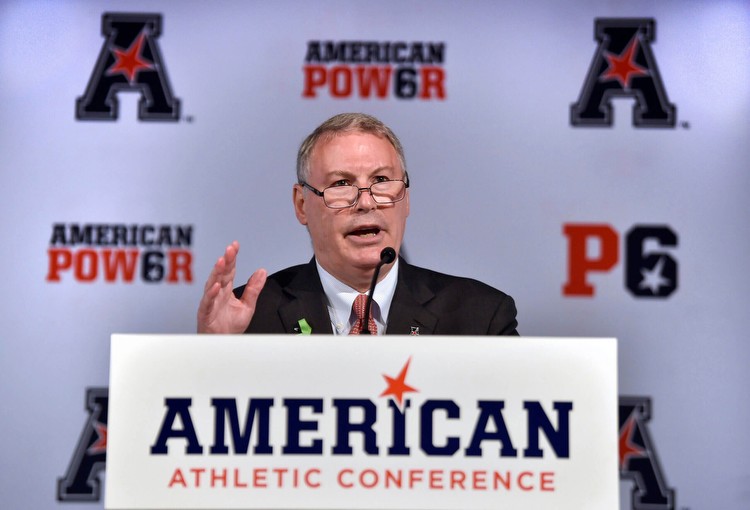
The American Athletic Conference will “not look westward” for expansion following Friday’s news that the Atlantic Coast Conference is adding Stanford, Cal and SMU, AAC commissioner Mike Aresco said in a statement Friday. Here’s what you need to know:
- The ACC’s moves leave the Pac-12 Conference with just two schools, Washington State and Oregon State, which both the AAC and Mountain West had they were interested in adding.
- Aresco said the AAC has investigated “a number of options, including consideration of the larger group of institutions in the Pacific time zone,” noting that his league will instead opt to focus its expansion efforts “on schools that allow for sensible and sustainable competition and student-athlete well-being within our strong geographic footprint.”
- Any hope to backfill and rebuild the Pac-12 Conference appears to be extinguished.
The Athletic’s instant analysis:
What’s next for WSU and OSU?
The Mountain West is the logical landing place for both, as it has been from the jump. Commissioner Gloria Nevarez told me that she believed these schools are very similar in makeup to the schools in her league.
“For a long time, I think the Rockies served as almost a barrier against conference realignment and expansion in the West,” Nevarez told me earlier this month. “There was a lot going on with all the conferences in the east, but certainly these times show that nobody’s immune, and we always have to be ready, and what I like about our schools and our league is the similarity between our schools. We have this kind of roll-up-your-sleeves, tenacious work ethic — a grittiness, blue-collar, first-generation (energy). That’s who we are. We’ve got some ag schools, land-grant institutions. I just love it. We are the wild wild west.”
This would be the first time that previously Power 5 conference schools would drop down to a Group of 5 level, which brings with it less annual revenue and a more challenging path to the College Football Playoff. But Oregon State and Washington State have no other option. — Auerbach
Why did the AAC decide this?
While the conference showed interest in Washington State and Oregon State and Aresco was invited to give a presentation and visit the schools, there wasn’t enough support within the AAC membership to go further. The strain of travel from places like Boca Raton, Fla. to Pullman, Wash. was too much on athletes, as well as the costs.
“If the geography had been different, maybe this would have been a no-brainer,” Aresco told The Athletic on Friday.
Two years ago, the conference had conversations with Air Force, Boise State, Colorado State and San Diego State about a possible western wing, but the sides couldn’t make the numbers or travel work. Instead, the AAC will look inward at potential expansion candidates within its footprint. — Vannini
Who could the AAC add instead?
Aresco said the conference could stick with 13 football-playing members, but it is very open to adding one more. Adding three more to get to 16 schools is a possibility but a long shot. It’s all up to the league’s presidents.
“I think we’d definitely look at adding one,” Aresco said. “I don’t know if we need to go beyond that. We could also play with 13. We’ve had interest from schools and we’ll follow up.”
Army football is believed to be atop that list as a possibility, according to a separate source briefed on the discussions. The West Point school is located in the northeast and has an obvious longstanding rivalry with AAC football member Navy. The Army-Navy Game is played as a standalone showcase after conference championship games, however, so those logistics would need to be figured out. The sides had discussions in 2021 as well, when Air Force was part of the conversations. But Army enjoys being a football independent, and both schools like the special date and spectacle of their game. Most of Army’s and Navy’s other sports are in the Patriot League. Army football spent 1998 to 2004 in Conference USA before going independent again. — Vannini
Backstory
The ACC additions represent one of the final power conference ripples from the chaos of Aug. 4, when Oregon and Washington left the Pac-12 for the Big Ten and Arizona, Arizona State and Utah left for the Big 12, all after Colorado had jumped to the Big 12 days earlier. The remaining four Pac-12 schools were left to figure out their futures.
From the beginning, Stanford and Cal were hopeful that they could land in the ACC — even at a partial share — instead of having to step down from a Power 5 league to a Group of 5 league.
The ACC’s footprint will now stretch from the Atlantic — as its name indicates — to the Pacific Ocean. It joins the Big Ten as the only power conferences to include members on both the West and East Coasts.


